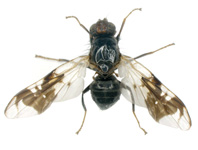Abstract
Four new species of cheilostomate Bryozoa encrusting rhodoliths on Maërl beds are described from material collected at a single locality at Madeira Island. These are Coronellina atlantica n. sp., Hippothoa muripinnata n. sp., Chorizopora rosaria n. sp. and Hippoporella maderensis n. sp. A species of Schizomavella is left in open nomenclature. The genus Coronellina is transferred from the family Calescharidae and assigned to Microporidae. The close similarity of C. atlantica n. sp., a non-opesiulate species with deep depressions, to Coronellina fagei with opesiules, implies that the generally accepted evolutionary sequence from non-opesiulate to opesiulate species might not be the rule.

